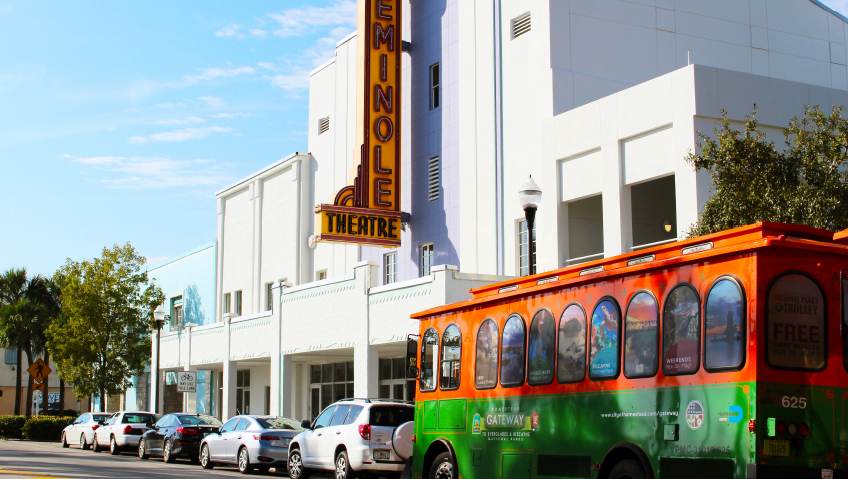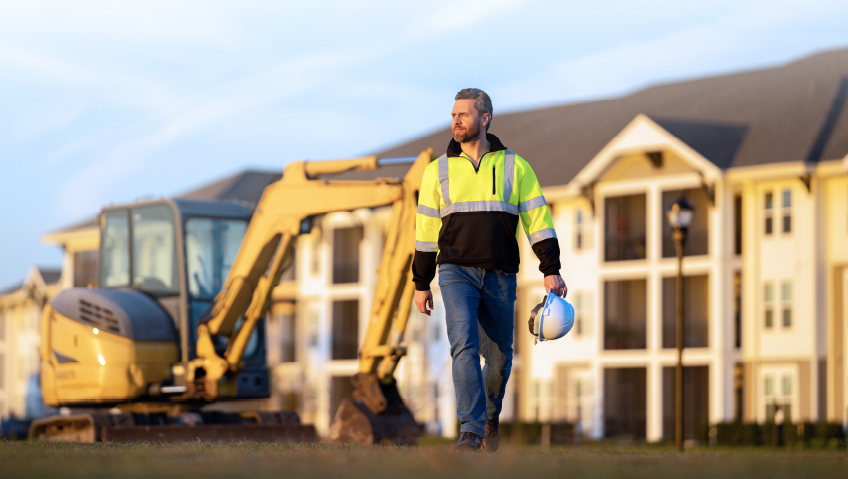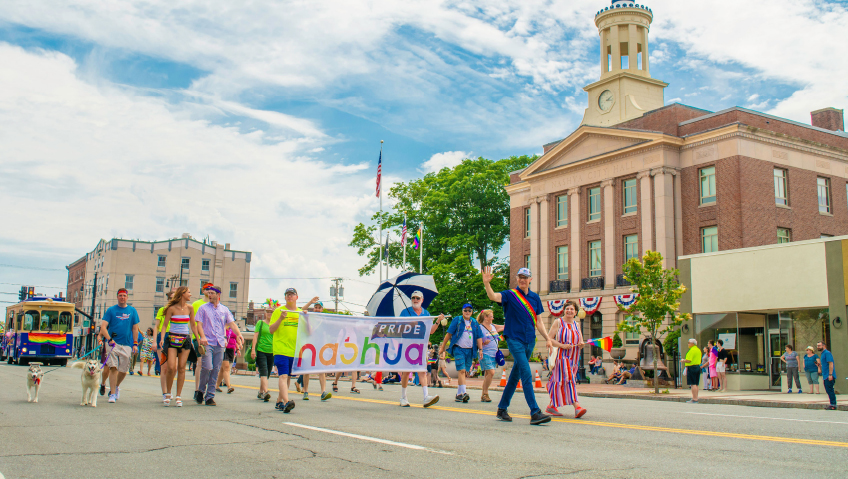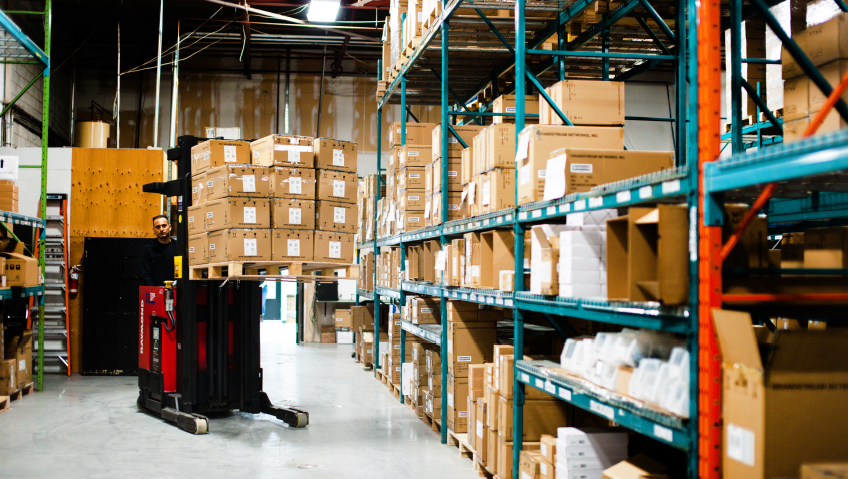Located close to Florida’s southernmost point, where the majority of days are sunny and the average temperature is 75°F degrees, the City of Homestead is not only the second-oldest city in Miami-Dade County, but also one of its most resilient. After enduring a catastrophic weather event and years of economic and developmental insecurity, Homestead is in the midst of a massive Downtown Revitalization Project with the goal of revitalizing the Historic District through a range of collaborations between public and private initiatives.
Home to a plethora of natural beauty including mangrove forests, the Everglades National Park—a subtropical wilderness home to alligators, ibis, eagles, and manatees—the city is also close to the natural wonders of Biscayne Bay and its underwater national park, the Florida Keys, and the Atlantic Ocean. Most importantly, it’s a city that is determined to make positive changes while taking control of its future.
“You can call us truly, finally, the last frontier of growth and opportunity in deep south Miami-Dade County,” says Mayor Steve Losner. “We’ve always been a separate, distinct, and unique area with the pillars of our economy traditionally being agriculture and the Air Force Base, and more sparsely populated with more open spaces.”
Up until the devastation of Hurricane Andrew, Homestead was a self-sustaining community, he adds, with local businesses and all the amenities a community would need. “All that changed overnight.”
In August 1992, Category 5 Atlantic hurricane Andrew—the most devastating storm to have ever hit Florida—made direct landfall in the Dade County (now known as Miami-Dade County) communities of Homestead and Cutler Bay, destroying more than 63,500 homes and damaging over 124,000, resulting in $27.3 billion in damage (or $59 billion in 2023 dollars) and 65 fatalities.
“People don’t realize what a fundamentally transformative event a weather disaster can be for an area,” says Losner. “We lost a huge piece of our population. Local businesses didn’t return. When federal aid monies come in, there are a lot of strings attached. One of the biggest issues we faced was that subsidized high-density apartments were part of those strings, and that was something this community had never seen.”
It took a long time for Homestead to recover. In terms of large-scale housing development, the area wasn’t on anyone’s radar until the late 1990s/early 2000s. In retrospect, while the area had residential growth, it didn’t have the growth of amenities, resulting in a time lag with respect to commercial development, restaurants, retail, and all kinds of entertainment.
That’s now finally beginning to change. From 2007 through today, Homestead has grown from a community of 14,000 to more than 100,000, Losner says, with “big time” local and national investors beginning to realize that despite what the surface level statistics may say, the greater Homestead area is ripe for commercial development, with more dining and entertainment, retail, and other commercial options so residents don’t have to travel 30 minutes north or 45 minutes to an hour south down into the Keys.
“The offshoot of that is we’re positioned now to be able to pick and choose what we want more in terms of dictating architecture and layout and level of project, versus being the needy stepchild of the county,” Losner adds.
Homestead has a new perspective of not being an “anything goes” community, and has worked diligently toward creating architectural standards over the last four years. The city’s recent four-day charrette—an intense collaborative visioning session—resulted in the adoption of a range of styles while receiving guidance on making some basic adjustments that can impart a big difference in the appearance and livability of the community.
“It’s not just a revitalization of our downtown, but it’s really a revitalization and a revisioning as development goes forward for our entire community,” Losner says. “As we travel around communities throughout the southeast, for instance, we see they have appealing façades and different architecture.”
Homestead now wants to take the lead in these areas, realizing it, too, can make changes and not necessarily have the “plain vanilla box” stores any longer.
“I’m big on aesthetics—the look and feel of a community from a positive perspective,” Losner says. “When you arrive at Homestead, you know you’re in Homestead, and that can be accomplished through architecture, customized street signage, and not just the county standard issue. Different styles of street lighting can give clues to visitors that they’re somewhere different and not just in the urban sprawl of the Miami region.”
In fact, Homestead is now one of the few communities in Miami-Dade touting a true downtown. Some of the newer municipalities and even some of the older ones have never really had an identifiable traditional downtown, says Losner. “Most folks agree that can be a draw and is something that gives value, distinctiveness, and uniqueness to a community where you typically have Mom-and-Pop niche restaurants or stores, art galleries, and even entertainment amenities.”
To that end, the city is deploying a federal transportation administration grant of nearly $8 million to redo the streetscape in the area of its traditional downtown; to install vintage street lighting, street signs, and different surfaces; and to widen sidewalks and the public area to accommodate outdoor dining, entertainment, and sidewalk cafés.
“It’s been a multi-year process,” says Losner. “We’ve also recently acquired some significant commercial parcels in the downtown area and are now advertising them to attract users as tenants. We were finding our destiny was not in our own hands, that you still had folks who were buying and holding buildings and banking on further increases in values.”
But vacant storefronts don’t do anything for a downtown, he adds, so the city decided to make a $5 million investment in acquiring parcels to disperse that redevelopment and the immobilization of those properties. This is in addition to a multi-year rehabilitation of a downtown historic movie theater that’s now been converted to a performing arts venue while maintaining its historic façade. There’s also been a major expansion and renovation of a city park down—a traditional town square—where attendance at events has grown from several hundred to a few thousand.
“We have a holiday event with a traditional Tree Lighting Ceremony, photos with Santa, Military Appreciation Day events, and a Black History Month event there,” Losner says. There have also been concerts to bring people downtown and the building of a new police station which is considered a downtown landmark.
One of the issues that grew out of the charrette was to evolve a huge plaza that exists around the City Hall building into a more event-friendly area to create that synergy with a blossoming downtown.
“I think we all understand that residential density is an important component to having a thriving downtown and we’re trying to strike the balance between creating that and not removing the traditional charm and character of a small-town downtown,” says Losner. “We’ve also limited the height if someone wants to replace a building and increased the setbacks to allow for pedestrian traffic and entertainment use in the public way.”
Homestead’s future deployment of its federal transportation grant and its involvement with the charrette hopes to boost accessibility and walkability throughout the city and lay the foundation for a long-term evolution of its downtown and the city as a whole. “When you bring in outsiders as we did to facilitate the charrette urban planners, but also folks familiar with South Florida, it’s amazing how just a minor street realignment can create new public spaces and enhance walkability and accessibility,” Losner adds.
And creating new opportunities while taking control of its future is exactly what Homestead needs going forward. “We’re getting away from the ‘this is the way it’s always been,’ or ‘this is the way we’ve always done it,’ mentality and stepping back and getting the assistance of design experts who respect our past and our character that can give really meaningful and important advice on how to make things better.”
Being in control of its destiny is vital for a city that is looking to change perceptions. This has included not only the buying and holding of property, but also amending codes and architectural standards to enhance the downtown and dispense with permitted uses that may have been appropriate in the ’60s and ’70s but are no longer relevant, Losner explains.
Reaching out not only to planning and design professionals, but also inviting the entire community—anyone who wanted to come and put in their two cents about what they want to be and what they want to see—was imperative to creating a vibrant and livable environment. “This wasn’t just planning and mandating from above; this was true community participation,” he adds. “It was something envisioned probably early last year as we began to realize we needed to get a handle on things that were going on. It’s just something for our community that needed to be done.”
As designers carry on planning and helping design changes for the future of Homestead, presentations and collaborations will continue to take place on how to best lay the city’s foundation for the years to come.
“We’re finally at the point of maturity,” Losner says. “Hurricane Andrew is in the rearview mirror, and we don’t want to be identified by that any longer. We’re taking charge of what our community is going to be and look like, rather than the development community—and that’s not being antagonistic. It’s about being a more equal partnership between representing our residents and accommodating good development proposals.”






